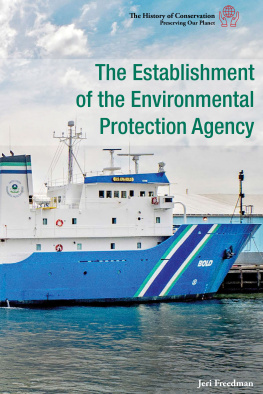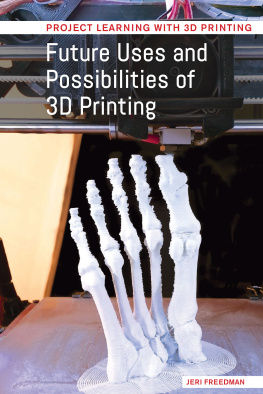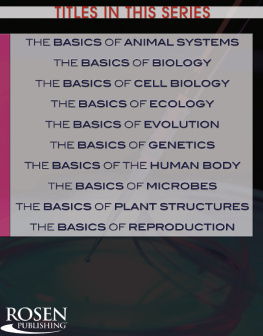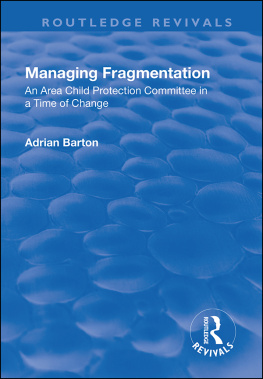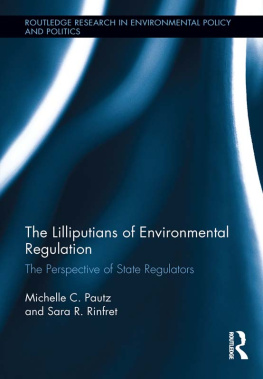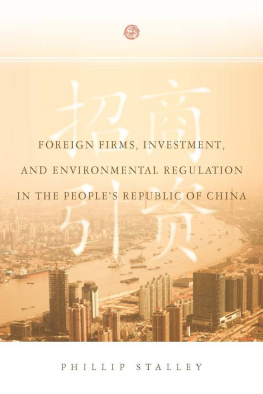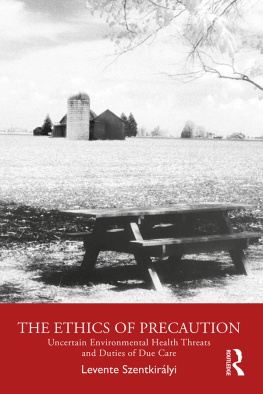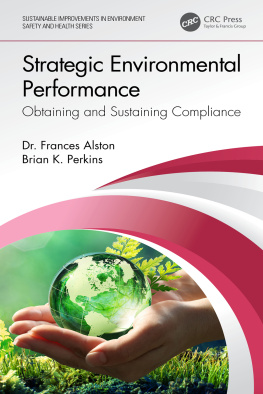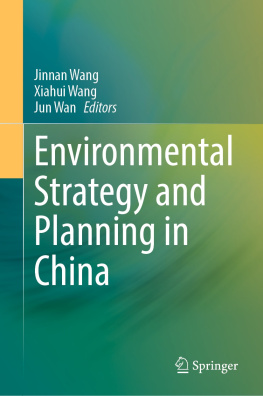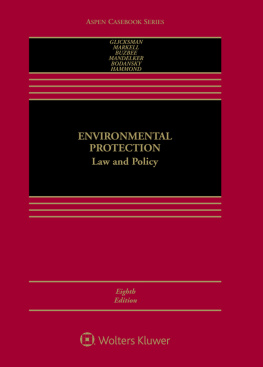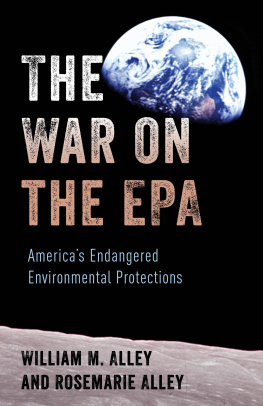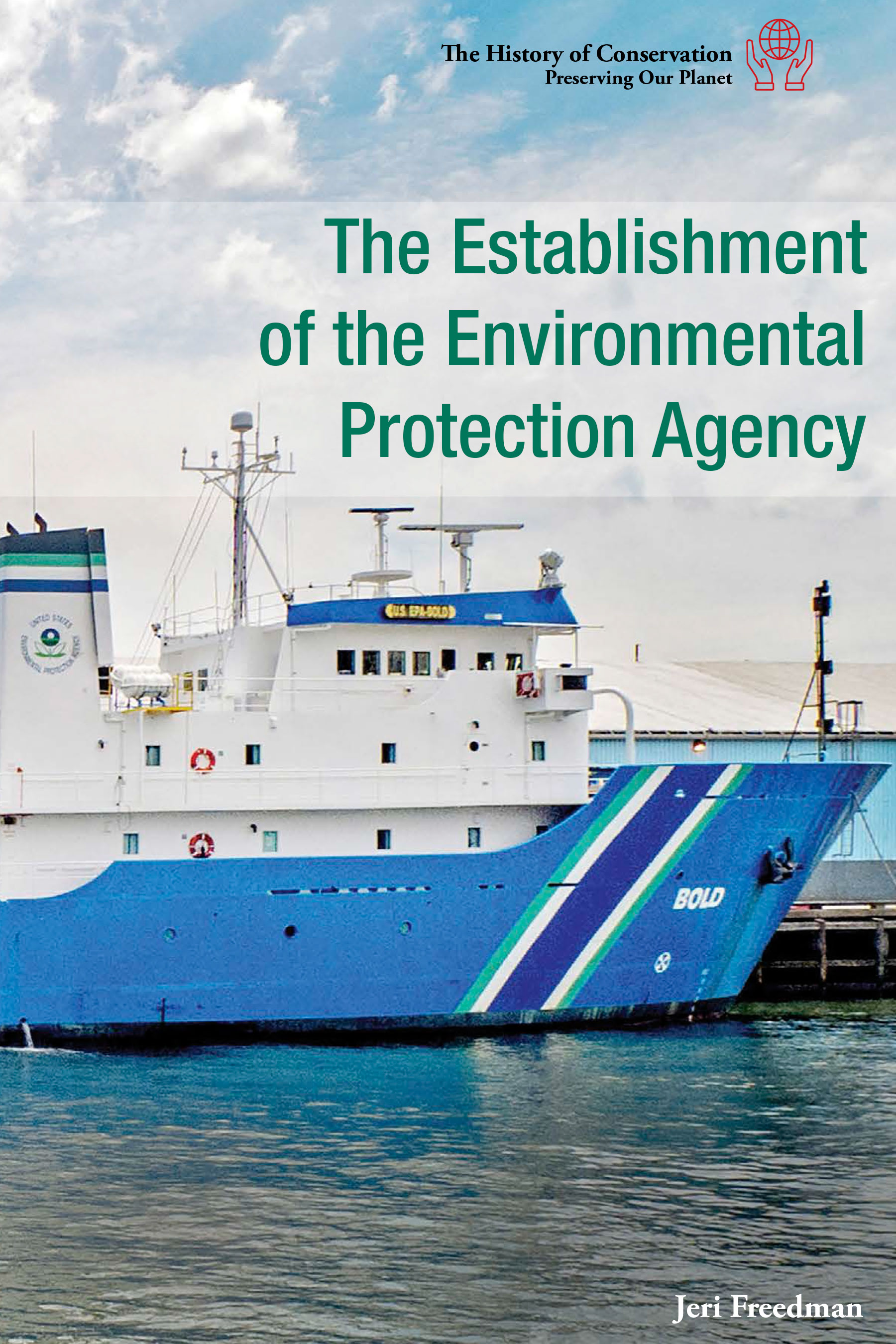Published in 2018 by Cavendish Square Publishing, LLC
243 5th Avenue, Suite 136, New York, NY 10016
Copyright 2018 by Cavendish Square Publishing, LLC First Edition
No part of this publication may be reproduced, stored in a retrieval system, or transmitted in any form or by any meanselectronic, mechanical, photocopying, recording, or otherwisewithout the prior permission of the copyright owner. Request for permission should be addressed to Permissions, Cavendish Square Publishing, 243 5th Avenue, Suite 136, New York, NY 10016. Tel (877) 980-4450; fax (877) 980-4454.
Website: cavendishsq.com
This publication represents the opinions and views of the author based on his or her personal experience, knowledge, and research. The information in this book serves as a general guide only. The author and publisher have used their best efforts in preparing this book and disclaim liability rising directly or indirectly from the use and application of this book.
All websites were available and accurate when this book was sent to press.
Cataloging-in-Publication Data
Names: Freedman, Jeri.
Title: The establishment of the Environmental Protection Agency / Jeri Freedman. Description: New York : Cavendish Square, 2018 | Series: The history of conservation: preserving our planet | Includes bibliographical references and index. Identifiers: ISBN 9781502631282 (library bound) | ISBN 9781502631299 (ebook) Subjects: LCSH: United States. Environmental Protection Agency-Juvenile literature. | Environmental protection--United States--Juvenile literature. | Environmental disasters--Juvenile literature.
Classification: LCC TD171.F68 2018 | DDC 363.70973--dc23
Editorial Director: David McNamara Editor: Kristen Susienka Copy Editor: Rebecca Rohan Associate Art Director: Amy Greenan Designer: Lindsey Auten Production Coordinator: Karol Szymczuk Photo Research: J8 Media
The photographs in this book are used by permission and through the courtesy of: Cover Marmaduke St. John/ Alamy Stock Photo; p. 4 Steve Dunwell/Photolibrary/Getty Images; p. 7 Jeff Barnard/AP Images; p. 8 Wundervisuals/ Getty Images; p.10 Bettmann/Getty Images; p, 12 Library of Congress/Corbis/Getty Images; p. 18 Nagel Photography/ Shutterstock.com; p. 20 Loomis Dean/The LIFE Picture Collection/Getty Images; p. 28 Ted Spiegel/Corbis/Getty Images; p. 32 Anchorage Daily News/Tribune News Service/Getty Images; p. 37 William Philpott/AFP/Getty Images; p. 40 Todd Bannor/Alamy Stock Photo; p. 42 Reuters/Newscom; p. 45 Corbac40/Shutterstock.com; p. 48 Romrodphoto/ Shutterstock.com; p. 52 Bruseman/E+/Getty Images; p. 54 Reed Kaestner/Corbis/Getty Images; p. 58 Hfzimages/Getty Images; p. 61 Photo12/Alamy Stock Photo; p. 65 GIPhotoStock GIPhotoStock/Science Source/Getty Images; p. 69 Doug Kanter/AFP/Getty Images; p. 71 Mark Wilson/Getty Images; p. 74 Pacific Press/LightRocket/Getty Images; p. 79 Jim Watson/AFP/Getty Images; p. 82 Kristi Blokhin/Shuterstock.com; p. 84 Ricardo DeAratanha/LA Times/Getty Images; p. 87 George Frey/Getty Images; p. 91 David Grossman/Alamy Stock Photo; p. 92 Irfan Khan/LA Times/Getty Images.
Printed in the United States of America
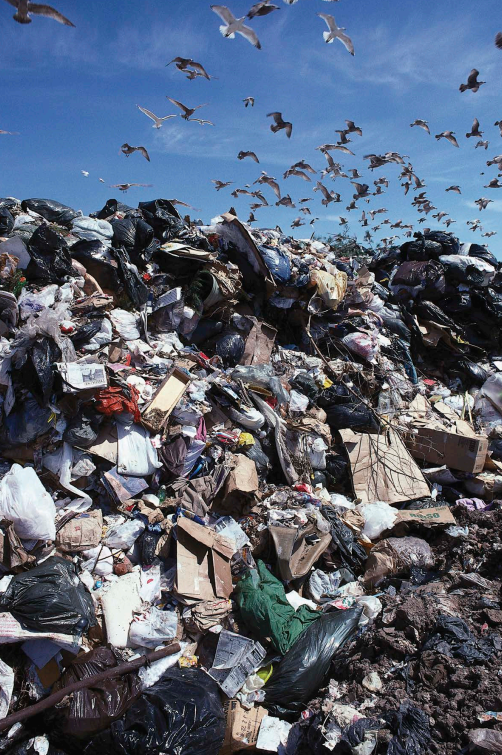
Opposite: This landfill highlights how much trash people produce.

P ollution is as old as humankind. Wherever and whenever people have dwelled, they have altered their environment and left behind debris from their activities. Archaeologists excavating Paleolithic settlements dating to between forty thousand and ten thousand years ago frequently find piles of litter from the making of stone tools and garbage pits containing the remains of food and broken tools. As nomadic societies gave way to towns and cities, where people lived generation after generation, their effect on the local environment increased. The ancient Romans are famous for creating aqueducts to carry water across vast distances to their cities. What is less well known is that lead pollution from the smelters they used to make their pipes could be found all across Europe. As the population and the cities people lived in grew, so did the pollution they produced, as did its effect on the environment and the people and animals.
The Problem of Pollution
Pollution increased significantly in future generations. During the Industrial Revolution (1760-1840), machines enabled people to manufacture products at a much greater volume and rate than when items had to be made by hand. However, factories had a much greater ability to produce pollution as well as goods. The nature of pollution changed after World War II (1939 1945) because the new technologies developed during the war resulted in the widespread use of synthetic materials such as plastics, which are made from toxic chemicals, and pesticides, which contain long-lasting poisons. These artificial materials had negative impacts on the health of people and animals, some of which are still evident in places where they have accumulated in the soil. These pollutants increased the rates of cancers, physical birth defects, and other health problems. They have resulted in a reduction of biodiversity. Biodiversity is important because the more varieties of plants and animals there are, the greater the chance that some will survive a major change in the environment or climatewhether natural or man-made.
Solving a Problem
By 1970, it was apparent that the problems of pollution had to be addressed and solved. Among these solutions were the need for nonpolluting energy sources to replace those used by manufacturing plants and the growing number of automobiles; ways to control harmful materials being discharged into the air and water by industrial plants; and methods to clean up the existing pollution in the environment and repair damaged ecosystems. Addressing pollution and environmental issues was such a large problem that it required government resources. For this reason, the Environmental Protection Agency (EPA) was created that same year.
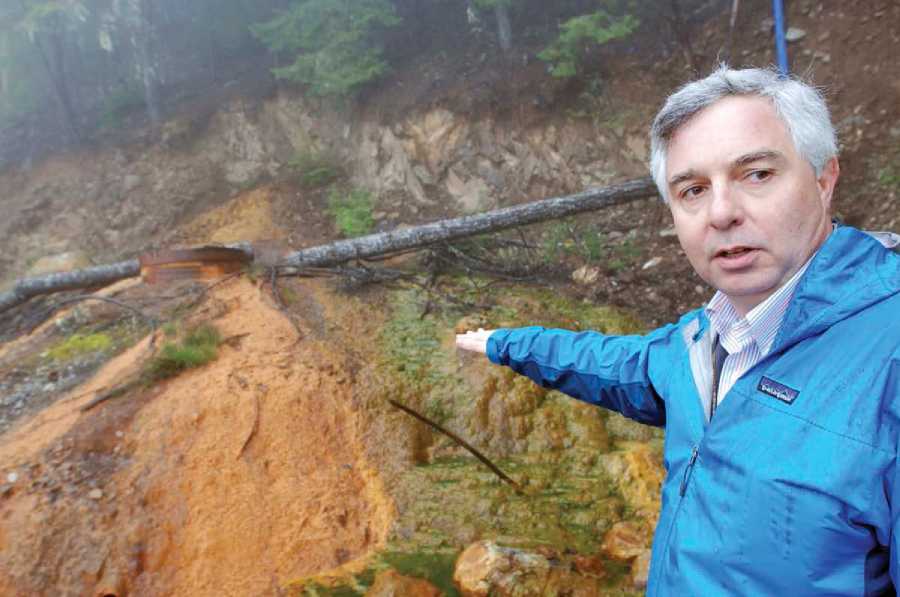
The EPA oversees the cleaning up of contaminated land. Here, an EPA project manager discusses plans to clean up this abandoned mine site in Oregon.
The EPA is a large and complex organization. As an agency of the US government, it engages in legislative, policymaking, legal, and regulatory activities. The EPA plays an important role in repairing the damage that has been done by past pollution and in protecting the environment from further damage. Protecting the environment involves several types of activities. First among these are identifying and evaluating activities and materials that are harmful to the environment. Second is finding a way to reduce the output of harmful materials, and to safely contain and dispose of them when they are produced. Third is regulating hazards. The EPA creates regulations that require companies to control the production of toxic chemicals and to dispose of them appropriately. The EPA then enforces these regulations to ensure that companies comply. Finally, the EPA funds researchers and issues reports on threats to the environment. The agency works to influence key decision makers in the government and industry to ensure that companies activities are carried out in a way that does not damage the environment further.

